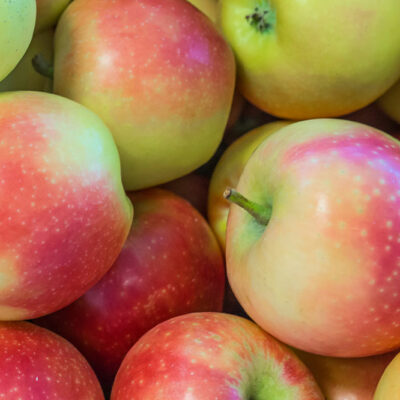6 features that make the Google Pixel 10 stand out

The Pixel 10 represents Google’s latest leap in smartphone innovation. The smartphone line aims to set new standards in its category with new features, software updates, a faster chip, an enhanced camera, and deeper AI integration. The lineup includes four models: the standard Pixel 10, the Pixel 10 Pro, the Pixel 10 Pro XL, and the Pixel 10 Pro Fold. Exploring the smartphone’s key features, performance, and pricing helps potential buyers make informed decisions.
Design and display
The Pixel 10 series continues Google’s tradition of combining strength and sophistication in its design. This smartphone is built from spacecraft-grade aluminum and features a satin finish. Its front and back are supported by Corning Gorilla Glass Victus 2, giving it an IP68-rated resistance against dust and water.
The base model comes with a matte texture on the metal frame and a glossy rear panel, whereas the Pro editions reverse this design. The buttons on this device feel tighter compared to those on the Pixel 9 models.
The Latest Pixel base model retains its 6.3-inch OLED screen but comes with an upgraded Actua display, which stands out for its vibrant colors and wide viewing angles. With a peak brightness of 2,333 nits, the Google Pixel 10’s display outshines most smartphones in its segment. Besides this, its 120Hz refresh rate makes scrolling, gaming, and video playback feel smooth and responsive.
Other models in the lineup, including Pixel 10 Pro (6.7 inches), Pixel 10 Pro XL (6.9 inches), and Pixel 10 Pro Fold (7.8 inches), carry the same visual appeal.
Camera
Although the base model in the lineup ranks lower than the other variants in terms of camera specifications, it still delivers impressive photo quality with strong color and lighting. Users may appreciate the new Camera Coach feature that helps them improve their pictures in real time. This AI feature suggests themes and adjustments, like zooming and repositioning, to enhance pictures.
One of the most innovative upgrades is the Add Me feature, which uses AI to reimagine pictures, placing the photographer alongside the rest of the group. The cameras in the Pro models offer more of the same; however, they are more optimized.
Specs and performance
Google’s Tensor G5 processor debuts in the Pixel 10. This processor features a 3.78 GHz Cortex X4 configuration, five Cortex-A725 configurations at 3.05 GHz, and two Cortex-A520 configurations at 2.25 GHZ. All these help the processor handle multitasking with ease and support the latest AI-driven features efficiently. This processor also offers relatively better CPU and GPU performance boost than its direct predecessor, ensuring smoother animations, quicker app launches, and decreased thermal throttling.
The base model comes with 12GB of RAM, which is enough for most tasks. The Pro variants upgrade to 16GB, offering more capacity and speed for demanding tasks.
Software and AI tech
Android 16 brings many standout features to the Pixel 10. A key highlight is the Material 3 Expressive design system, which introduces a dynamic, colorful layout to the home and lock screens.
Unsurprisingly, AI remains at the center of the new Pixel experience. Magic Cue, one of the key features, proactively suggests responses based on context. This tool automatically surfaces relevant information from different apps and displays it on a dashboard to help users save time. Voice Translate, a generative AI tool, can mimic a user’s voice in foreign languages.
Battery
The Pixel 10 packs a 4,970mAh battery that is capable of lasting beyond half a day of active use. The phone also supports Google’s new magnetic charging solution, i.e., the Pixelsnap.
Prices
The Pixel 10 base model starts at around $799 for the 128GB version, while the 256GB variant is priced at around $899.










